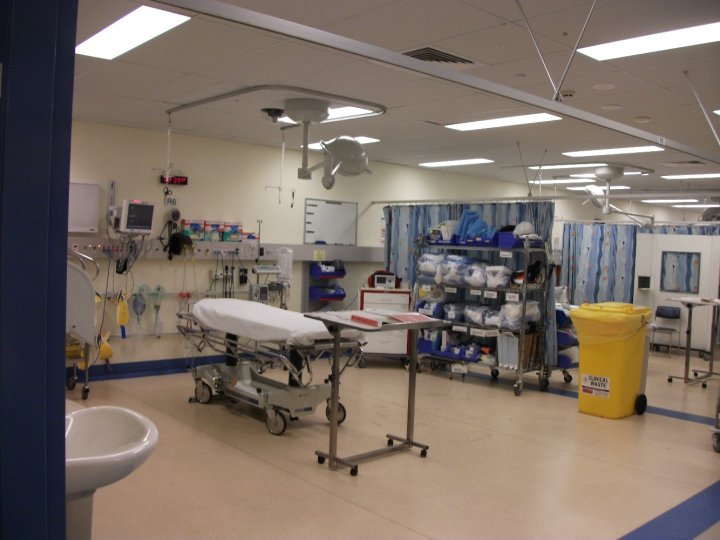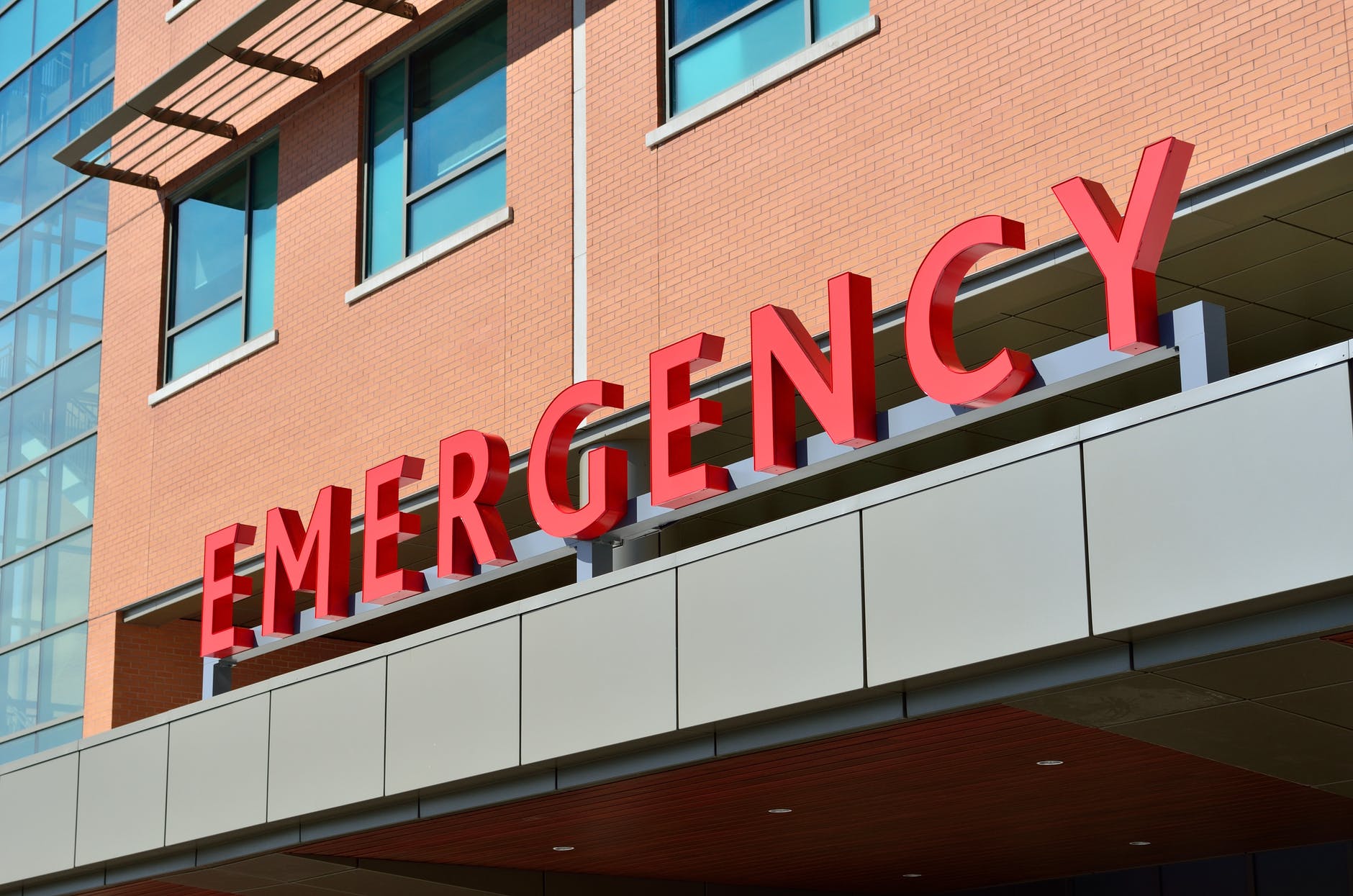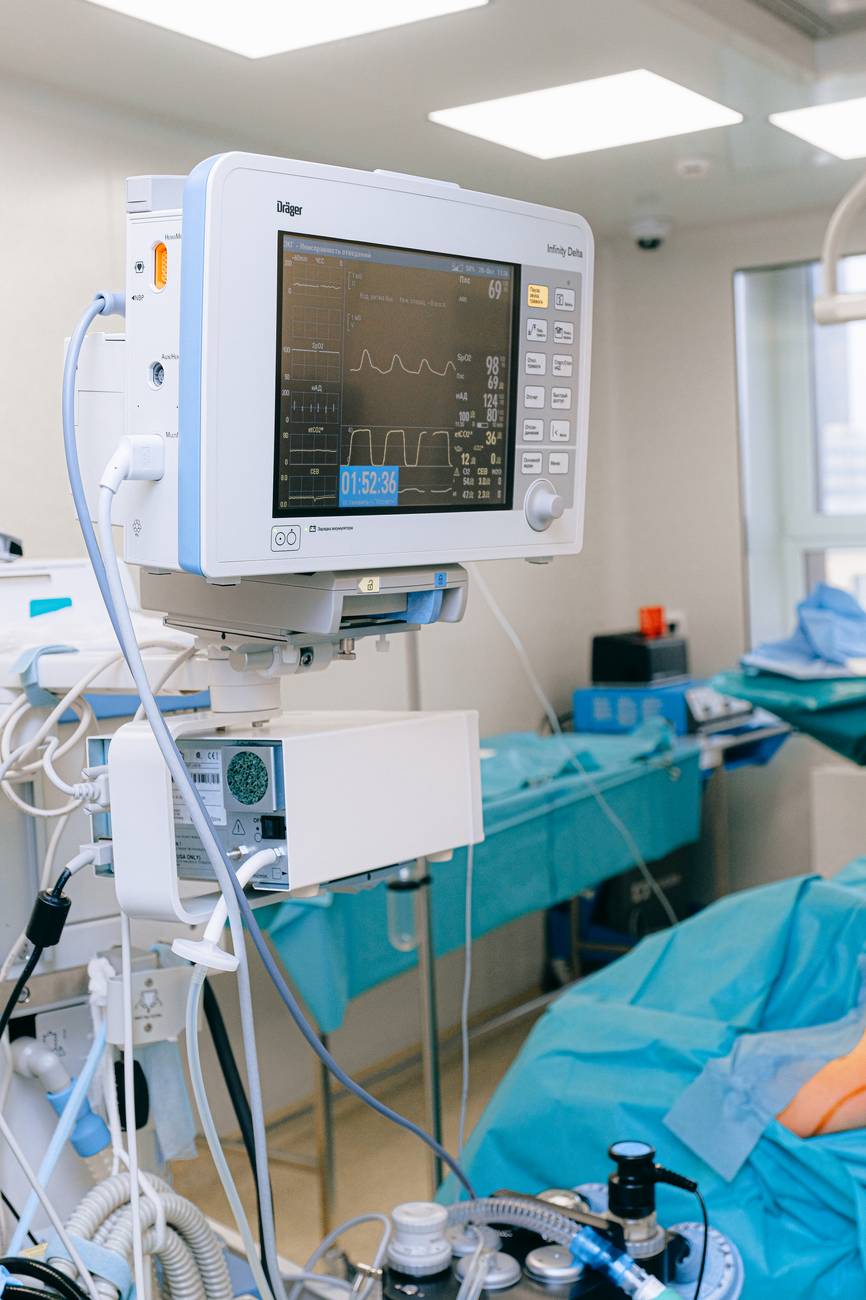
When the consultant in charge of a hospital’s Emergency Department puts out a trauma call, quite a few things happen almost immediately. Various members of the team will hand what they are doing over to colleagues and head to the resus bays. When they get there, workspaces are prepped, racks of various needles, instruments, airway devices and other medical paraphernalia are uncovered and efficiently checked, and aprons, masks, gloves and visors are swiftly donned. A selection of drugs are fetched, to be on hand if needed, and doors are opened to make way for the coming patient’s bed. Doctors from other departments including an anaesthetist and an orthopaedic surgeon arrive. Everyone is aware of their role, everyone knows in advance what they are there to do.
I had the opportunity to be included, in some small way, in the trauma team assembled on three occasions during a recent ED placement – an invaluable experience as a medical student, as well as fascinating to observe the efficient, calm yet purposeful actions of the team.
The first time round, someone involved in a road traffic accident was being brought in by helicopter. When I arrived in the room, everyone was writing their names on large stickers that were placed in the middle of their aprons, above a colour-coded description of their job on the team: Airway Doctor, Breathing Nurse, Circulation Doctor, Trauma Leader, and so on. Each of the pillars of the ABCDE approach to urgent assessment of a patient in emergency medicine was covered by at least one doctor working alongside specialist nurses. I was handed my sticker. I was expecting it to say ‘Medical Student’ or ‘Observer’, but it read ‘Scribe’. My job was to assist in the documentation of everything that happened from the moment the patient arrived, including the handover from the air ambulance paramedics, every action the trauma team took, which dose of what drugs were administered at what exact time, and the findings of the team’s survey of the patient’s condition. I can safely say that it was me who was most on-edge out of everyone in the room, as I heard the helicopter arrive outside – the rest of the team chatted away, asking me about my studies as I checked and re-checked what information I needed to record.

The bed rolled in through the doors, carrying the patient packed tightly into the vacuum mattress, with pelvic sling, neck brace and head blocks in place. Everyone stepped forward with purpose, except the Trauma Leader, who held back. After a friendly hello, the concise verbal handover from one of the paramedics began, and everyone listened, while I hastily filled out my paperwork and scribbled extra notes on a blank sheet, for tidying up later. We briefly heard all the key info: our patient’s name and age, what happened to them and how long ago, what their findings were, the actions they’d taken so far including all medications given, and anything else that was of immediate importance for the team to know. Moments later, the Trauma Leader was giving clear instructions (to everyone who wasn’t holding a pen), co-ordinating a transfer of the patient to the resus bed. As soon as the patient been safely transferred, (which happened so quickly and smoothly that I almost missed it), the entire team got to work in a stunning display of efficiency and co-ordination. I floated around at the peripheries of the action, doing my best not to get in anyone’s way while staying in earshot to pick up the examination findings being called out to the Trauma Leader and documenting them: heart rate, core temperature, pulse character, oxygen saturations, respiration rate, blood pressure, pupil reactivity, consciousness level, chest sounds, capillary refill, and so on. I noted when and where IV lines were placed and what was going into them, and any directions that came from the Trauma Leader, who oversaw everything without stepping in themselves. I was told afterwards that if it was necessary for the most senior doctor present to get hands-on and assist, someone else would have been handed overall control of the team, to ensure that the person supervising was distraction-free and could maintain a whole view of the complete scene.
As I wrote, a paramedic spotted my name sticker and approached to pass over the details that weren’t included in his initial handover, including a more comprehensive history and their own documentation, including an ECG that had been done en route. My pen was going at 100mph; it occurred to me that legible speed-writing was something that medical schools should really be teaching.

I managed to get everything down, however, and the paramedics were able to leave for the next job. Already the team were moving on to a secondary survey, having established that the patient was not in imminent danger, was not bleeding catastrophically and did not need help to breathe. They log-rolled the patient, taking great care to protect their spine, to allow doctors to check their body thoroughly for other injuries or problems, and carried out a range of further examinations to exclude further issues. I checked that my list of drugs administered matched the one a nurse had been writing on a whiteboard throughout the process (they may have trusted me with the job of scribe but it’s always good to have a backup…!) and made sure to list which blood tests were being carried out on the set of samples that were already being whisked away to the lab.
All of a sudden, things went from calm and orderly to calmer. The patient was by no means healthy and happy, but was stable and as comfortable as could be, given they remained immobilised for their own safety. I noted the next step, which was CT and X-ray imaging to assess internal damage, and handed over the paperwork, fairly satisfied with my attempt at scribing and awed by the professionalism and effectiveness of the team, who doffed their PPE and dispersed back to whatever it was they were doing before. The resus bay was being cleaned, restocked and reset for the next time it would be needed, and the day carried on.
Of course, if you are experienced at your job and accustomed to doing something frequently, it becomes second nature and muscle memory takes over to a certain degree – you are less likely to struggle to remember everything that needs to be done or to be unsure about doing those things. There is also less of a chance of being anxious about what needs to be done when everyone has a clearly defined role, and everyone is aware of everyone else’s roles and where they fit in. Things happen fast when there’s a medical emergency, because they need to. Things shouldn’t, however, happen frantically, or without order. I was lucky enough to see a team come together that had the competence, confidence and co-ordination to let them take care of someone in need without delay, but without even the slightest sense of panic or disorganisation, and I was lucky enough to be involved and see this again twice more over the same weekend. This is something I will aim to emulate by ensuring that over the remainder of my time at medical school and during my postgraduate training, I can build the competence and confidence to be able to play a part in a team like this someday, successfully and safely helping someone in urgent need, and hopefully passing on the same impression to a future scribing medical student at the same time.
